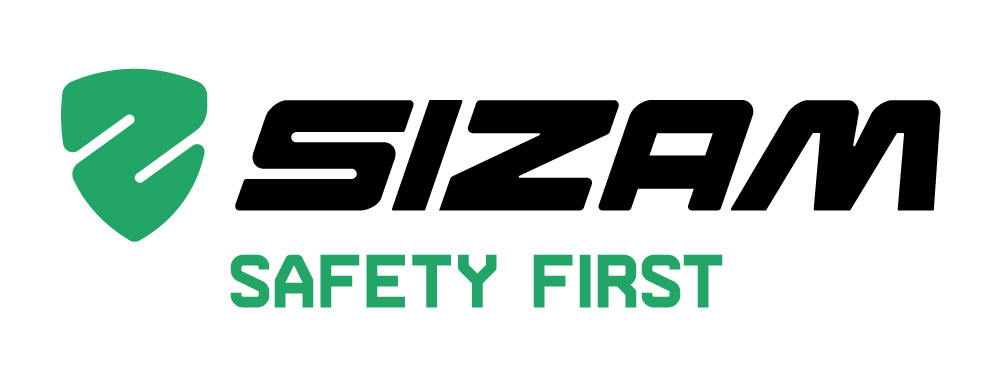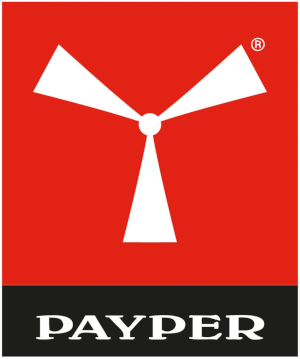A guide to choosing hearing protection

Your guide to hearing protection
We answer your questions
Introduction:
![]() Traditionally, occupational noise was a constant hazard for workers engaged in heavy industry and was associated only with hearing loss. Modern concepts of labor protection consider noise as a threat to the safety and health of workers in many professions for various reasons.
Traditionally, occupational noise was a constant hazard for workers engaged in heavy industry and was associated only with hearing loss. Modern concepts of labor protection consider noise as a threat to the safety and health of workers in many professions for various reasons.
Noise can lead not only to hearing impairment (in the case of constant exposure to noise above 80 decibels, but can be a stress factor and increase systolic blood pressure. According to experts, exposure to harmful production factors (including excessive noise) are not only the causes of various occupational diseases, but also - by weakening the body and disrupting its normal life activity - contribute to the emergence and exacerbation of ordinary diseases that do not belong to occupational ones, it can also contribute to accidents, masking warning signals and preventing concentration.
There are many ways to reduce the noise level. Modern equipment should be designed in such a way that the noise level is as low as possible, but unfortunately, in practice this is far from always possible. In this case, the use of personal hearing protection is recommended.
Who needs protection?
If you cannot speak to another person within 2 meters of you, you may need personal hearing protection. It should also not be forgotten that a low level of noise for a long time can be harmful, as well as short-term exposure to a higher level of noise.
More is not always better...
There is an opinion that the higher the level of protection, the greater the protected hearing. This may be an obvious solution to minimizing noise in the workplace, but there are nuances. A very high level of protection can have an insulating effect. Workers will be unable to communicate verbally and must remove protection to continue the conversation. But at a very high level of noise, this short-term effect can have serious consequences for human health.
The noise level should be reduced to a "safe" level so that the worker can hear what is happening around him. Let's consider the situation: the employee is in danger, will he hear a scream, a warning from the nearest colleague? This means that different industries may need different ear protection to keep noise levels down to a safe level. In practice, a noise level of 75-80 dB is considered optimal, but you should not reduce this level below 70 dB or exceed 85 dB.
Hearing loss
Exposure to a constant high level of noise, more than 87 dB, can cause serious damage to the health of the worker. Every year, tens of thousands of people worldwide suffer hearing damage due to excessive noise at work.
Hearing loss is not the only problem. People can develop tinnitus (ringing, whistling, buzzing in the ears), a serious condition that can lead to disturbed sleep. Hearing loss usually happens slowly.
Simple indication of protection levels
| A-weighted
noise level (dB) |
Choice of protection from SNR (noise reduction factor) |
| 85-90 | 20 and below |
| 90-95 | 20-30 |
| 95-100 | 25-30 |
| 100-105 | 30 and above |
What types of hearing protection are available in our range
We offer you a brief description of some popular hearing protection.
1. Inserts are anti-noise. Made of foam that helps provide the best combination of comfort and protection for most users. Choosing hearing protection is just as important as setting the overall noise level. To insert an insert into the ear, you need to slowly twist a very thin cylinder into a tube and compress the insert. When compressed, insert into the ear canal.
2. Headphones with a vertical bracket. Light and flexible, with low contact pressure. Acoustic efficiency [SNR]: 35 dB
















